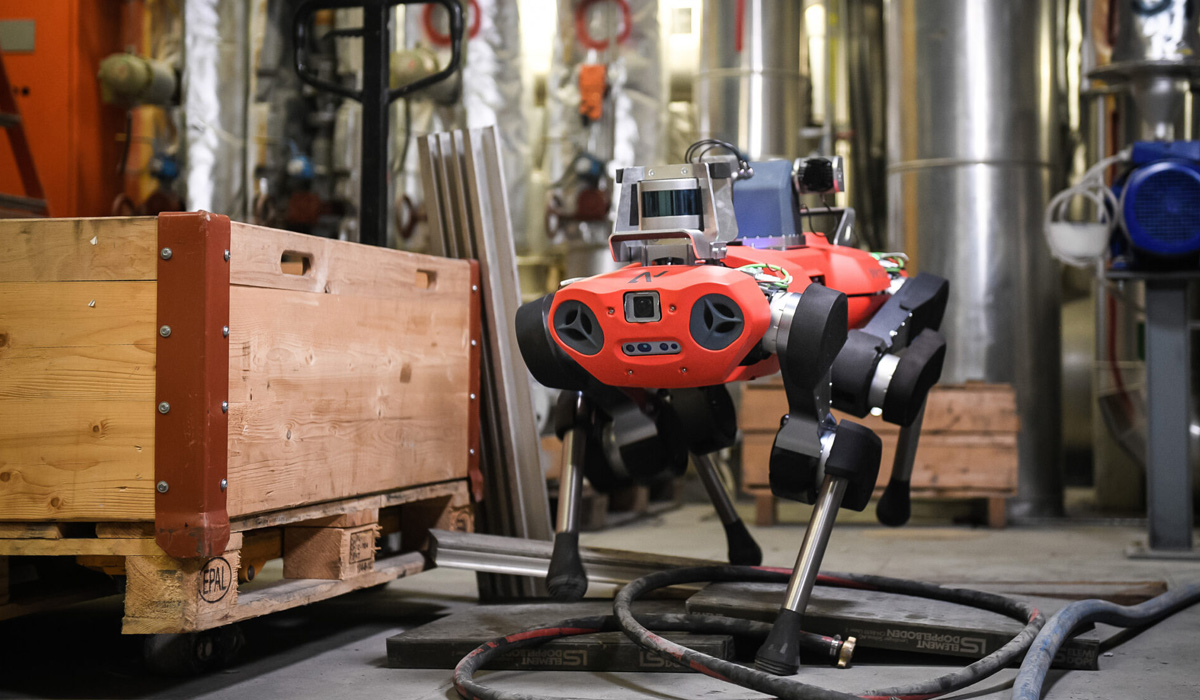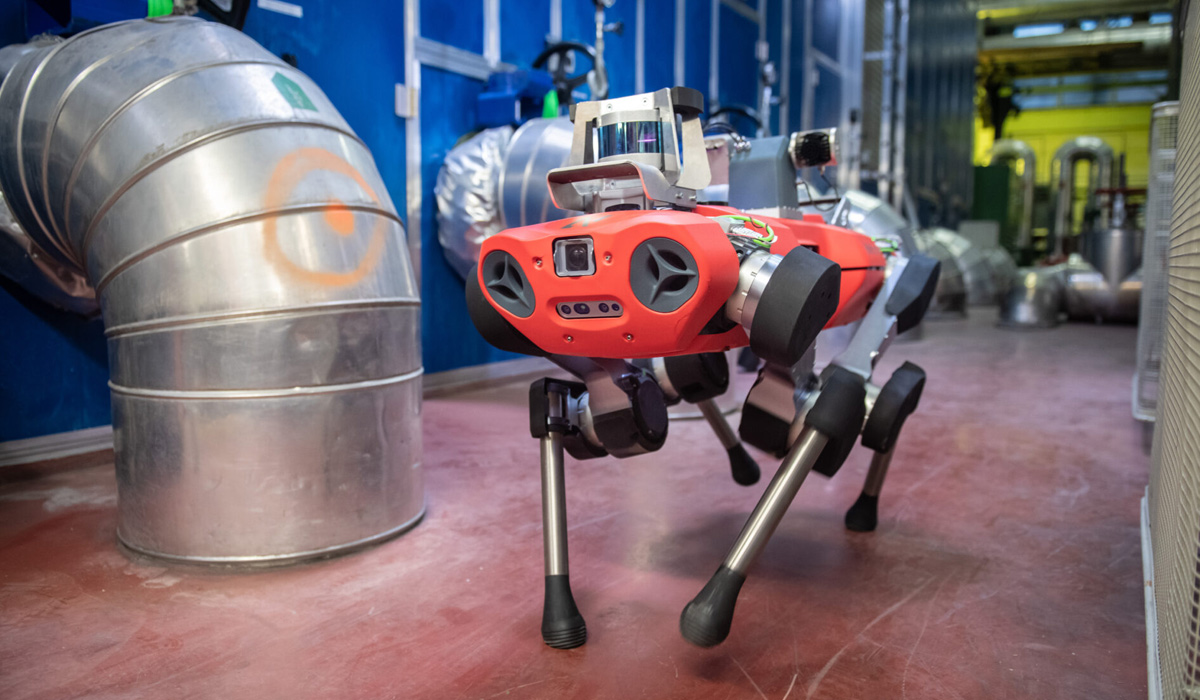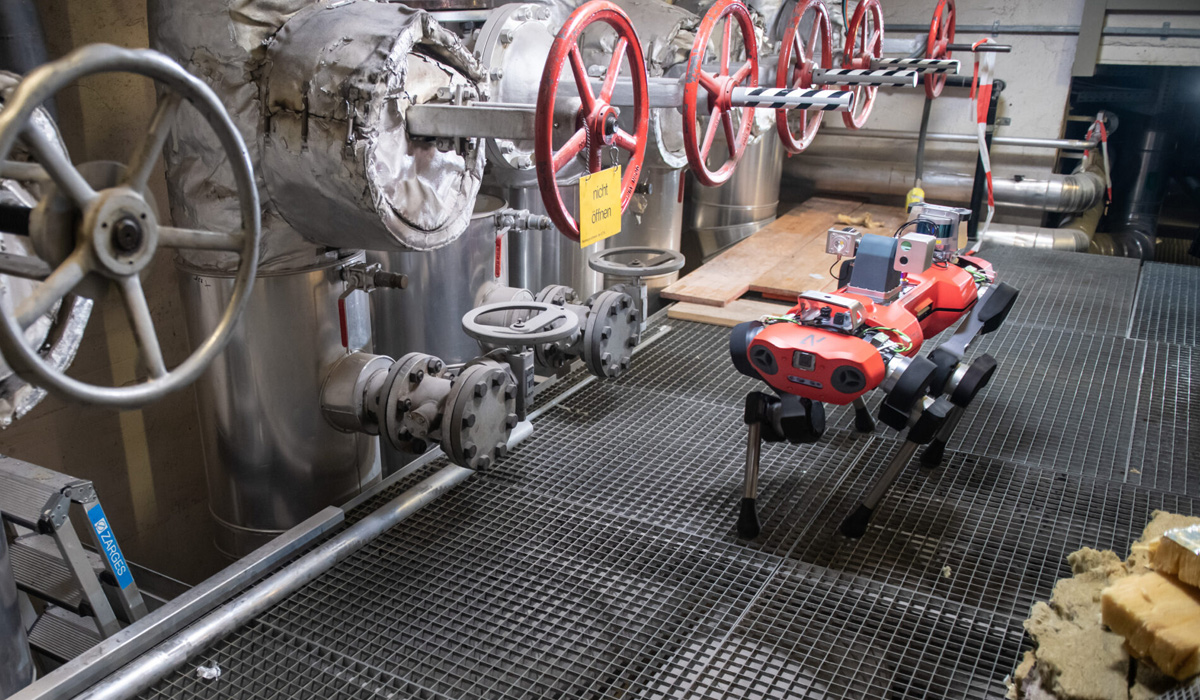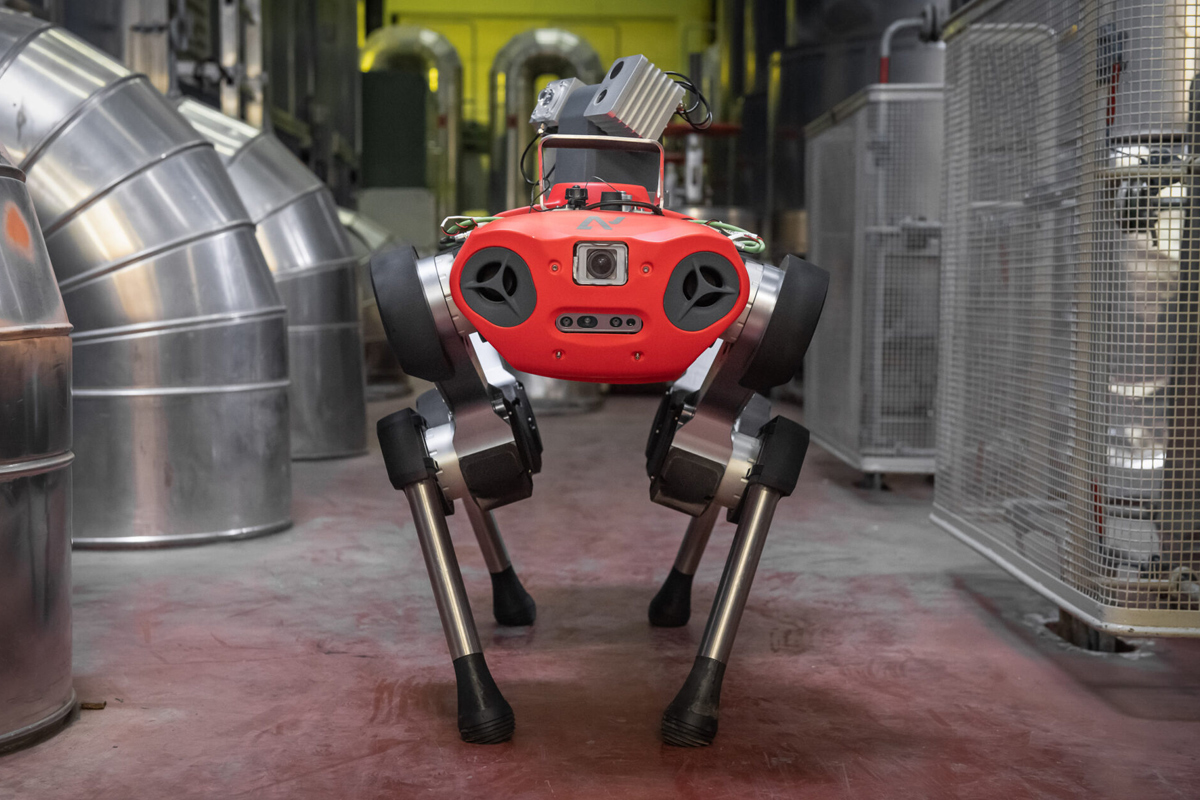Somewhere deep in the North Sea, a windfarm whirls away, autonomously generating power and transferring it back to the converter platform for storage. The only thing circulating the converter platform’s interiors is a dog-like robot designed to inspect all functions of the operation and provide critical live updates to humans working onshore. That robot is manufactured by German-based Anybotics and called the ANYmal C. Though this feels like the setting for a dystopian horror film, it’s likely a glimpse into the next step in the long march towards our progressing integration with machines.
I know what you’re doing right now, writing me off as a capitalist scrooge trying to further beat up on the working class. But I promise, there are some industrial environments where a robot spares humans from dangerous environments and frees them up to do work that still requires a bit of emotional intelligence and creativity, something a robot doesn’t (yet) possess. So, why am I sold on the ANYmal C? Let’s take a closer look.

ANYmal C has Four Legs
If you feel like you’ve seen a robot shaped like this before, it’s likely because the four-legged frame concept is one of the more reliable and safe platforms for locomotion. What Anybotics and the rest of their competition are trying to do is create a platform that can navigate trickily, and often dangerous, interiors in warehouses and factories. However, the scanning and digesting of this information was still a technological challenge, which is what Anybotics has aimed to solve.
Anybotics CEO Péter Fankhauser explains how they push the category forward when an innovation leap is needed “Where commercially available components are not satisfactory, we invest in our proprietary technologies, which have resulted in core components such as custom motors, docking stations, and inspection payload units.” This focus on hardware and software progression has resulted in ANYmal’s incredible maneuverability and accident avoidance.
Capable of scaling steps nearing 10-inches high and climbing stairs or inclines approaching 45-degrees, the ANYmal should be capable of navigating most industrial situations. Additionally, an ANYmal with standard configuration can sneak into spaces as small as 20-inches tall, allowing for inspections under large objects where a human may not want to get stuck.

ANYmal C’s Three Brains
The current ANYmal C model features three built-in Intel i7 computers to digest the deluge of information pouring in from its many cameras, sensors, and radar. This technology stack allows the simultaneous computing of situational awareness, motion control, and mission fulfillment.
The thing that distinguishes the ANYmal from its competition is its high degree to which it can perform tasks autonomously. Understanding how to navigate in known conditions has long been the province of autonomous robots, but dynamic, ever-changing landscapes are what really knock these things for a loop. The ANYmal’s software identifies unexpected environments and obstacles and changes environmental conditions like rain, snow, and anything else that may challenge the four-legged machine.

ANYmal C’s Payload
All of this maneuverability would be pointless without some additional payload to accomplish tasks. The ANYmal C is capable of carrying up to 22 pounds of gear to accomplish tasks. This robot’s first application design optimizes for inspections by including a pan-tilt inspection unit with an optical zoom camera. This camera is capable of up to 10x zoom, allowing the operator the opportunity to view monitors, gauges, and anything else from a safe distance.
ANYmal’s thermal camera inclusion in this configuration allows the operator to view thermal and heat anomalies. This feature is particularly useful in situations where overheating equipment could be catastrophic. Gas-leak detection is also possible as the ANYmal C comes equipped with gas sensors along with an ultrasonic microphone that allows for acoustic inspection.
In short, the ANYmal C is a hyper-capable device that can either be controlled remotely or run autonomous functions. This leap forward in technology is approachable for only large-scale operations at this point, given the expense. Still, it’s hard to imagine a scenario where this type of technology isn’t more widely adopted, which will bring down its price. So, if you’re worried that the robots are here to take your job, that’s only true in a few situations at this point. But don’t rule it out entirely.



